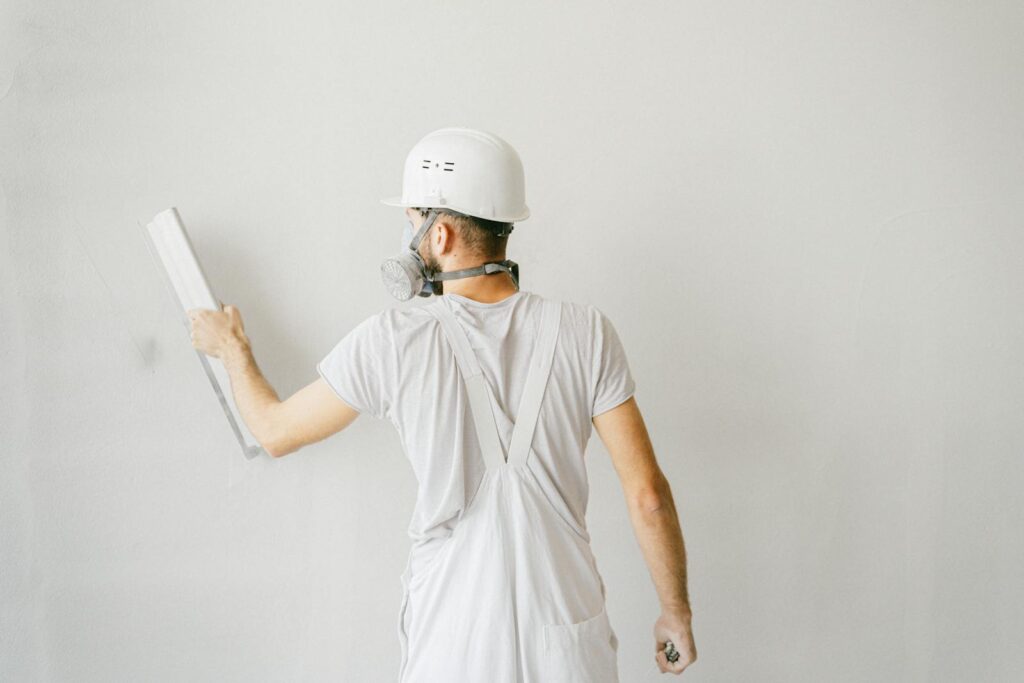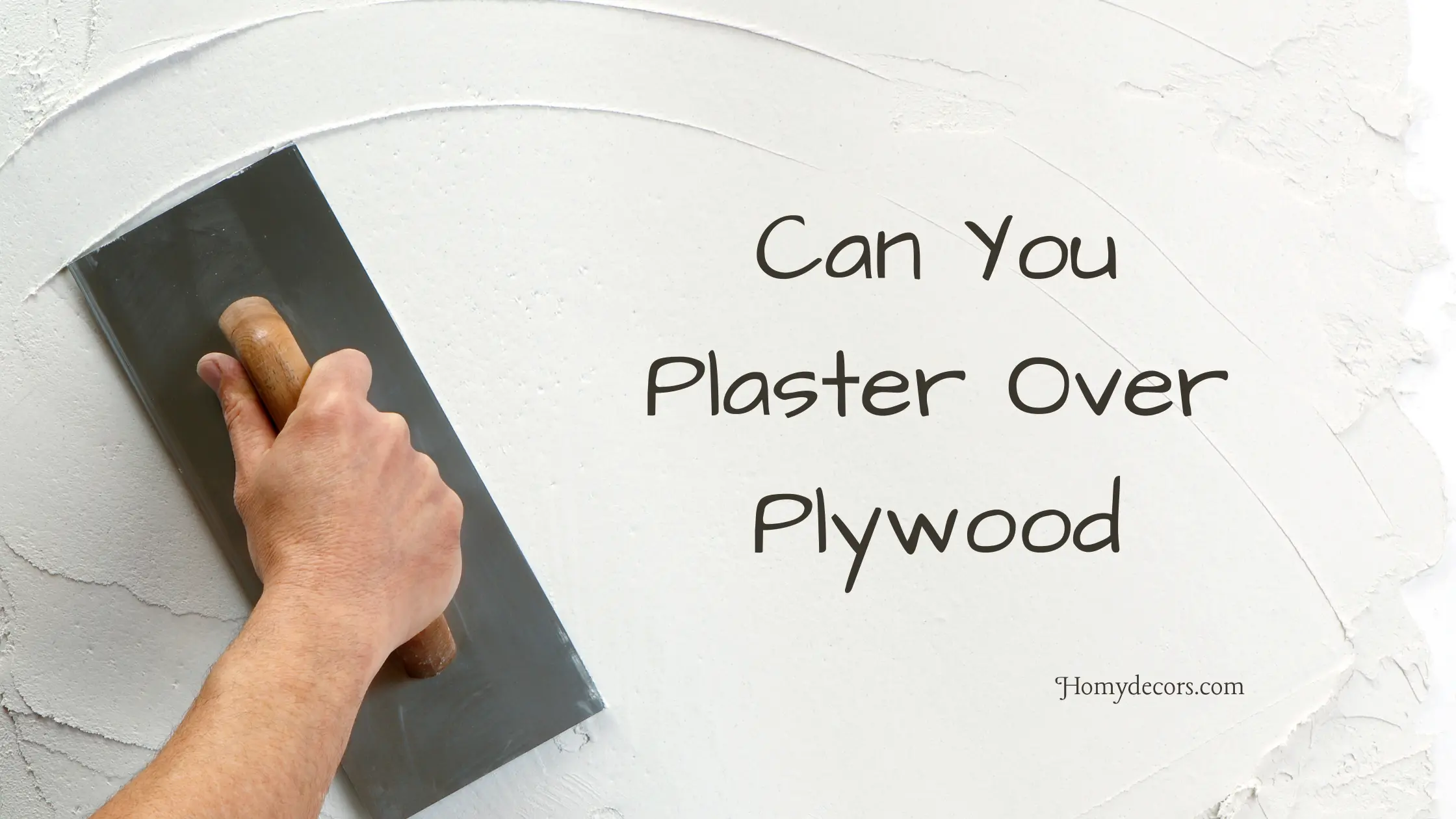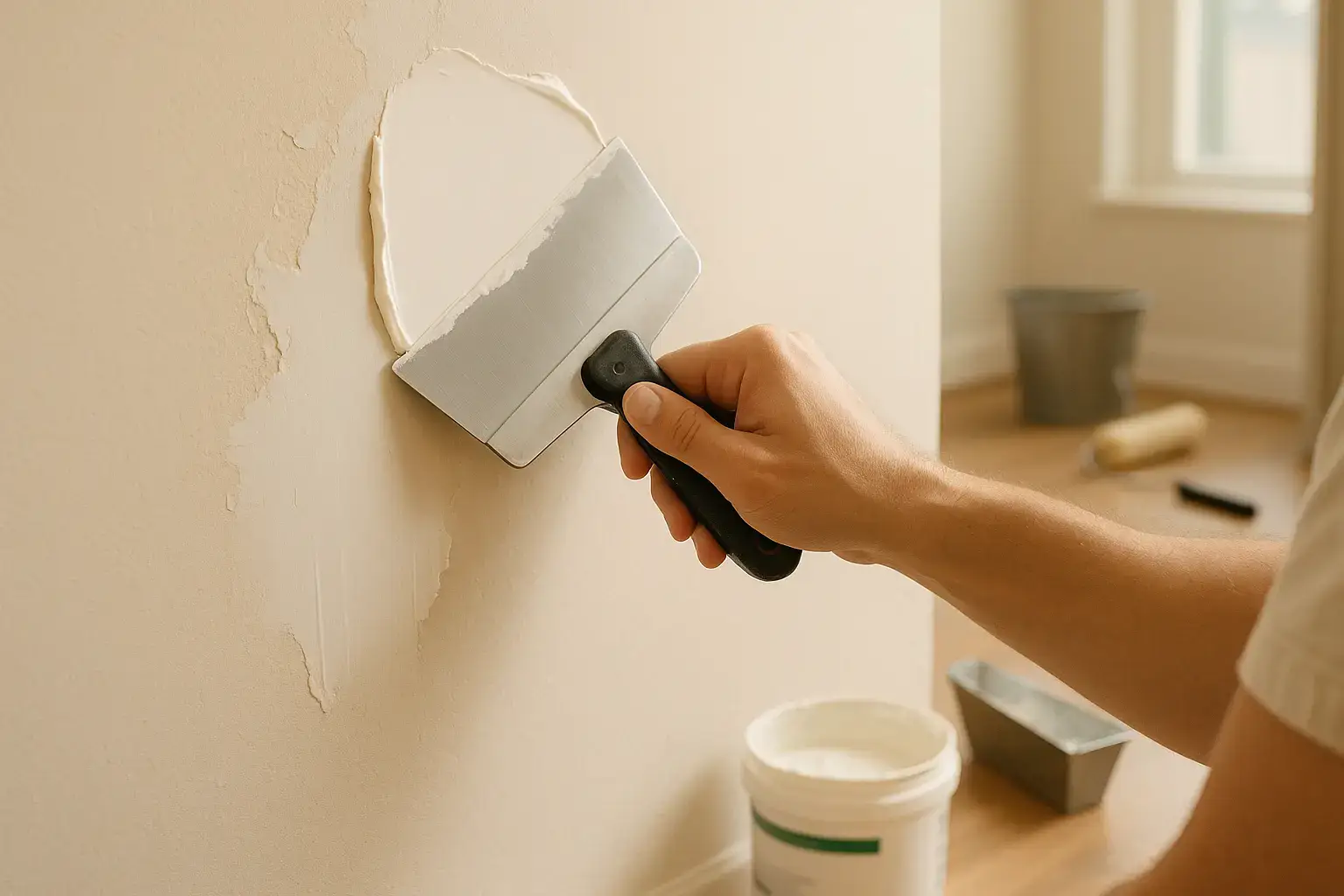1. Introduction
If you’ve ever found yourself asking, “Can you plaster over plywood?”, you’re not alone. It’s a common question that comes up in home renovation projects, especially when people want a smooth, finished look on wooden surfaces. While plastering is often associated with brick or drywall, many wonder if the same can be done over plywood. The short answer? Yes, you can – but there are some important steps you’ll need to follow to ensure a durable and professional-looking result.
Plastering over plywood isn’t as simple as slapping on a layer of plaster. Proper surface preparation is absolutely crucial to achieve a smooth finish and ensure that the plaster adheres well. Plywood is flexible and porous, which can create some challenges if not treated correctly. But with the right techniques, tools, and a little patience, you can transform your plywood surfaces into beautiful, plastered walls or ceilings.
2. Understanding Plywood as a Surface
Before we jump into whether you can plaster over plywood, let’s take a moment to understand what plywood is and why it can be a little tricky to work with.
Plywood is basically layers of wood glued together in alternating directions. This makes it strong and flexible—great for construction projects but not always ideal for plastering. Because of its structure, plywood behaves differently from other materials when it comes to holding things like plaster.
Why Plastering Over Wood Can Be Tricky
Here’s where things get interesting. Wood, especially plywood, is a bit porous, meaning it loves to soak up moisture. So, if you try to plaster right over it without any prep, the plywood could absorb the moisture from the plaster, causing it to dry too fast. This might lead to cracks, and no one wants a cracked wall after all that hard work, right?
Another thing to keep in mind is that plywood can expand and contract with changes in temperature or humidity. If you don’t take the right steps, this could cause the plaster to pull away or crack over time. But don’t worry! It’s not impossible to plaster over wood—you just need to know the right prep work to make sure your project stands the test of time.
The good news is that there are ways to get around these challenges, and with a little extra effort, you can still achieve that smooth, professional plaster finish you’re looking for!
Pro Tip: Most professionals recommend sealing the plywood first and using a bonding agent or mesh to help the plaster stick better.
3. Can You Plaster Over Plywood?
Alright, so the big question: Can you plaster over plywood? The short answer is yes, you can, but it does require a bit of prep work and the right approach. Let’s break it down.
While plastering directly onto plywood is possible, you have to be aware of the material’s quirks. As we mentioned earlier, plywood tends to expand, contract, and absorb moisture. These traits can make plastering a bit challenging if not done properly. However, with the right techniques, you can overcome these obstacles and get a great finish.
When Plastering Over Plywood Works
There are a few conditions under which plastering over plywood can be a successful project:
1. Proper Preparation: As long as you take the time to prepare the plywood, it can hold plaster well. Sealing the wood and adding a bonding agent or mesh is key.
2. Stable Plywood: The plywood needs to be securely attached and supported to prevent any movement. Flexing or shifting could cause the plaster to crack.
3. Controlled Environment: Ideally, plastering over plywood should be done in an area where temperature and humidity are relatively stable to prevent wood expansion and contraction.
In some cases, especially when you want to guarantee the smoothest and most durable surface, professionals might suggest adding a layer of drywall or plasterboard over the plywood. This gives you a more typical surface for plastering and makes the job a lot easier.
Alternatives to Plastering Directly on Plywood
If you’re looking for a more straightforward option, consider using drywall over the plywood. Drywall is much easier to plaster, and it’ll save you some hassle in the long run. You can also look into skim coating, which involves applying a thin layer of plaster for a smooth finish without the need for heavy-duty plastering.
4. Preparation Steps for Plastering Over Plywood

Now that you know it’s possible to plaster over plywood, let’s talk about how to prepare the surface. Proper preparation is key to ensuring the plaster sticks well and doesn’t crack or fall apart down the line. Here’s how to get your plywood ready for plaster:
1. Clean the Plywood
Start by cleaning the plywood thoroughly. Remove any dust, dirt, or grease that might prevent the plaster from bonding properly. A damp cloth or mild detergent can help, but make sure the surface is dry before moving on.
2. Seal the Plywood
Because plywood is porous, it can absorb moisture from the plaster, which can lead to cracking. To avoid this, you’ll need to seal the plywood with a wood primer or PVA (polyvinyl acetate) solution. This will prevent the plywood from sucking the moisture out of the plaster and ensure even drying.
3. Add a Bonding Agent
To help the plaster stick better, apply a bonding agent after sealing. This step is crucial when plastering onto wood, as the bonding agent creates a strong adhesive layer that helps the plaster grip the plywood surface.
4. Reinforce with Mesh
For an extra layer of protection and better plaster adherence, attach fiberglass mesh or metal lath to the plywood. This reinforcement helps the plaster stick more securely and reduces the risk of cracks, especially as the plywood expands and contracts with temperature changes.
5. Check for Stability
Before you start plastering, ensure that the plywood is completely stable. It needs to be rigid and properly fixed to avoid any movement that could crack the plaster. If your plywood is a bit wobbly or uneven, reinforce it with additional fasteners.
By following these preparation steps, you’ll set yourself up for success when plastering over plywood.
5. Step-by-Step Guide to Plastering Over Plywood
Once your plywood is prepped, it’s time to dive into the actual plastering process. Here’s a simple step-by-step guide to help you get the job done.
Tools and Materials You’ll Need:
- Plaster mix
- Trowel
- Mixing bucket
- Fiberglass mesh or metal lath
- Bonding agent
- Bonding agent
- Wood primer or PVA solution
- Joint compound (for finishing)
- Sandpaper
Step 1: Apply the First Coat
Mix your plaster according to the manufacturer’s instructions. Once it’s ready, use a trowel to apply the first coat of plaster onto the plywood. Spread it evenly, pressing it into the mesh for a strong bond. Keep this layer relatively thin—about 3mm to 5mm should do.
Step 2: Let It Dry
Let the first coat dry completely before adding a second layer. Depending on the plaster and the conditions in your room, this could take a few hours or overnight. Make sure the surface is dry and firm to the touch before moving forward.
Step 3: Apply the Second Coat
Now that the base layer is dry, apply a second, thinner coat of plaster. Use smooth, even strokes with your trowel, working in sections to avoid ridges or bumps. This coat will give you a more polished finish.
Step 4: Sand and Smooth
Once the second coat is dry, lightly sand the surface with fine-grit sandpaper to smooth out any imperfections. Wipe away dust with a clean cloth, and voila! You should now have a beautifully smooth surface ready for painting or decorating.
Tips for Smooth Finishes:
– Work in sections to avoid the plaster drying before you finish smoothing it out.
– Use long, smooth strokes with the trowel to get an even finish.
– Don’t rush the drying process! Trying to apply the second coat too soon can cause cracks or imperfections.
6. Alternative Solutions to Plastering Over Plywood
If you’re not entirely sold on plastering directly over plywood, there are other ways to get that smooth, polished finish you’re after.
1. Using Drywall or Plasterboard
One of the easiest alternatives is to install drywall or plasterboard over the plywood. This gives you a more typical surface for plastering, which means fewer challenges with adhesion or cracking. Drywall is easy to work with, and once it’s up, you can plaster over it just like you would with any regular wall.
2. Skim Coating
If you’re looking for a quicker solution, you might consider skim coating. This involves applying a thin layer of joint compound or plaster over the plywood surface, just enough to smooth out any imperfections. It’s faster than full plastering, and while it won’t be as thick or durable, it can give you the aesthetic finish you’re looking for.
3. When to Call in the Pros
Sometimes, if this feels too big or complicated, it might be best to call in a professional plasterer. They’ll have the experience and tools to get the job done right, especially for larger or more intricate projects.
Wrapping Note
So, can you plaster over plywood? The answer is yes, with the right preparation and techniques. Plywood can be a tricky surface, but by cleaning, sealing, and reinforcing it properly, you can achieve a smooth and lasting plaster finish. Don’t forget, alternative options like drywall and skim coating can save time if you’re looking for a quicker solution.
Just remember: proper surface prep is key. Whether you’re plastering directly on plywood or going for another option, taking the time to do it right will make all the difference in the final result.






Great information shared.. really enjoyed reading this post thank you author for sharing this post .. appreciated
I truly appreciate your technique of writing a blog. I added it to my bookmark site list and will
I do not even understand how I ended up here, but I assumed this publish used to be great